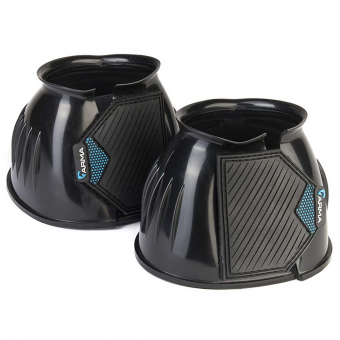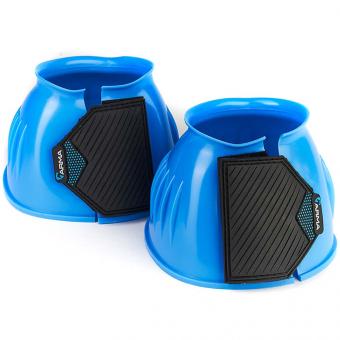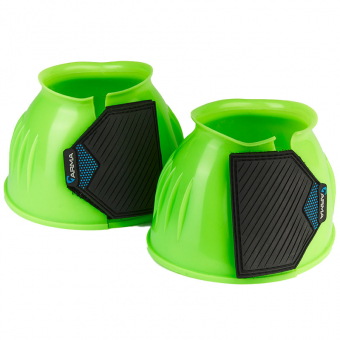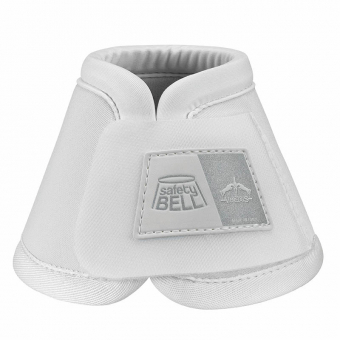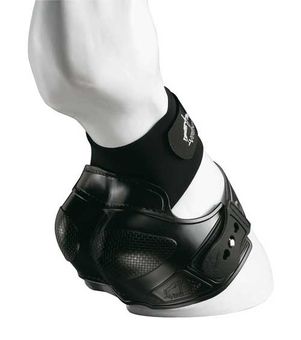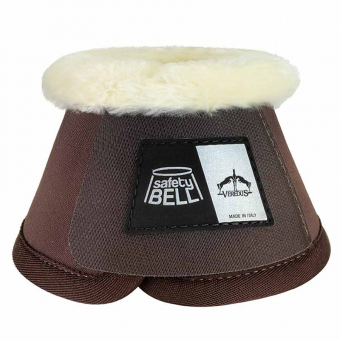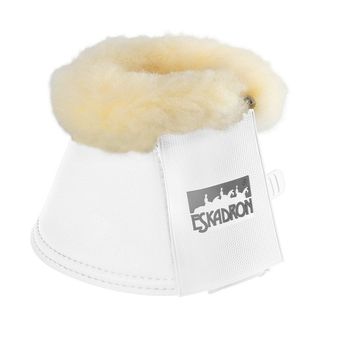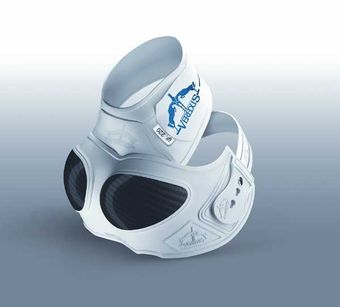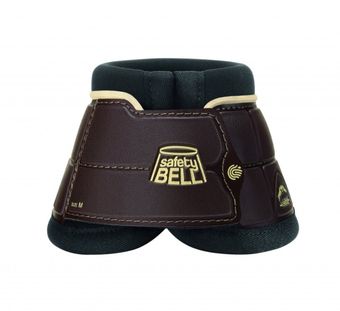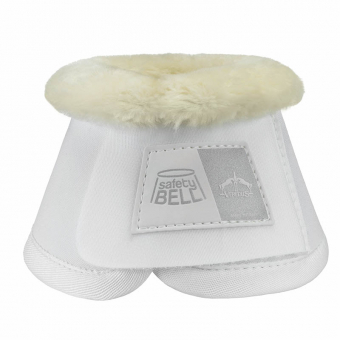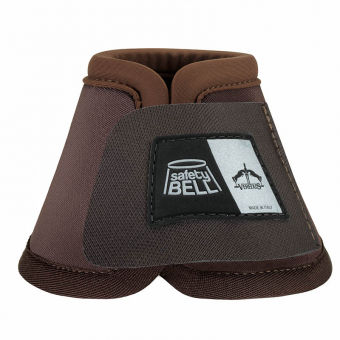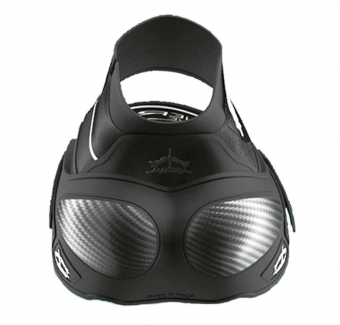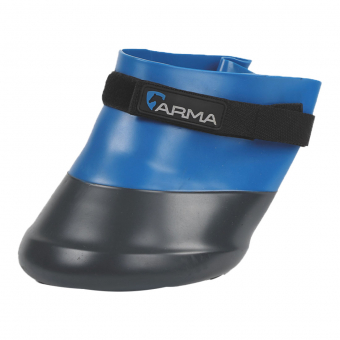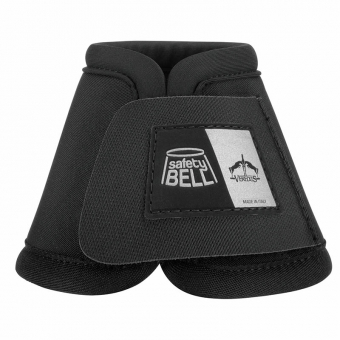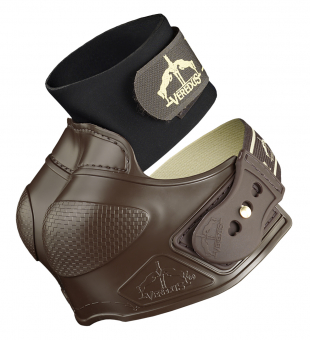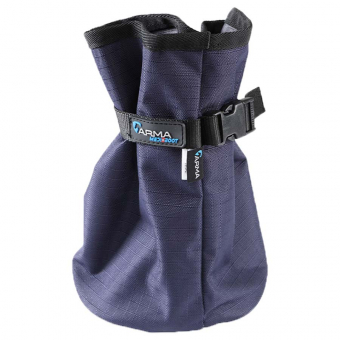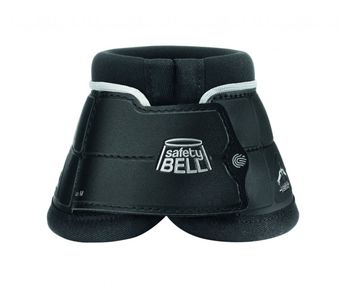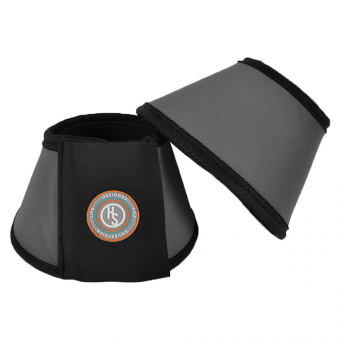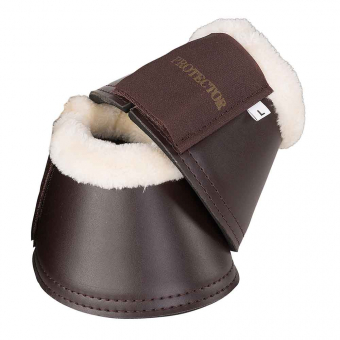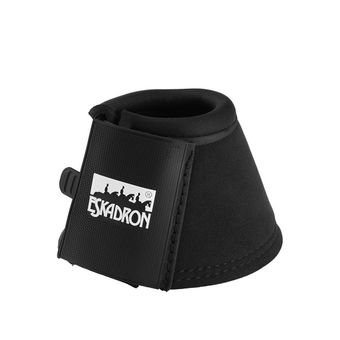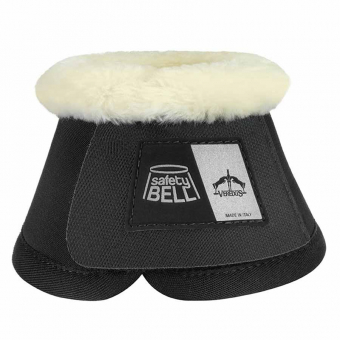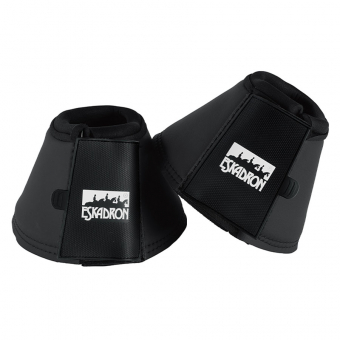Boots are frequently used in many situations to protect sensitive areas around the hoof. The horn of the hoof is durable on its own and typically doesn't need additional protection. However, the coronet band and the bulbs are sensitive areas that can sustain significant damage, with the risk of serious complications as a result. These injuries often occur when the horse steps on something, slips, over-reaches, or when the horse is wearing studs.
Read more
Boots effectively protect and ensure the safeguarding of vulnerable areas, as any good protective gear should. Of course, they come in various colors, with fur, glitter, and various embellishments to match the rest of the equipment. Even if the function is easy to understand, there's a lot to consider when buying boots, which we'll cover below.
Rubber Boots, Neoprene Boots & Other Materials
There's a plethora of materials and types to choose from, even when it comes to basic function. Most of them, except for rubber boots, usually have an inner lining made of neoprene, a material that is easy to care for and breathes well. Even if sheepskin/fur, genuine or artificial, is not a material in the basic construction, it is included in the list below as it's quite popular and actually serves a function.- Rubber Boots – An affordable and functional option that is durable and relatively lightweight. These are easy to clean, don't get heavier from moisture, and can withstand quite a bit, to mention common advantages. A downside of rubber boots is that they breathe less and can, in some cases, cause chafing in the carpal joint of more sensitive horses, something that can be remedied with "fur".
- Neoprene – Even though it's often inside, there are boots made entirely of this material. They are easy to clean, breathe well, rarely chafe, and are lightweight. However, the outside of neoprene is not as durable as, for instance, rubber boots.
- Synthetic/Textile/Leather – Many boots come with the aforementioned neoprene material inside combined with an exterior made of synthetic leather, leather, or durable textiles. These often have a higher price tag but, in summary, offer the most advantages since you get durable protection that doesn't absorb water, breathes well, is lightweight, and is easy to maintain.
- Artificial/Genuine Sheepskin - Genuine sheepskin is becoming increasingly rare, but there are plenty of artificial versions. From perfect imitations to fleece varieties often referred to as "fur". The main advantage, besides appearance, is that they provide a soft surface around the carpal joint, making them comfortable for the horse and significantly reducing the risk of chafing.
